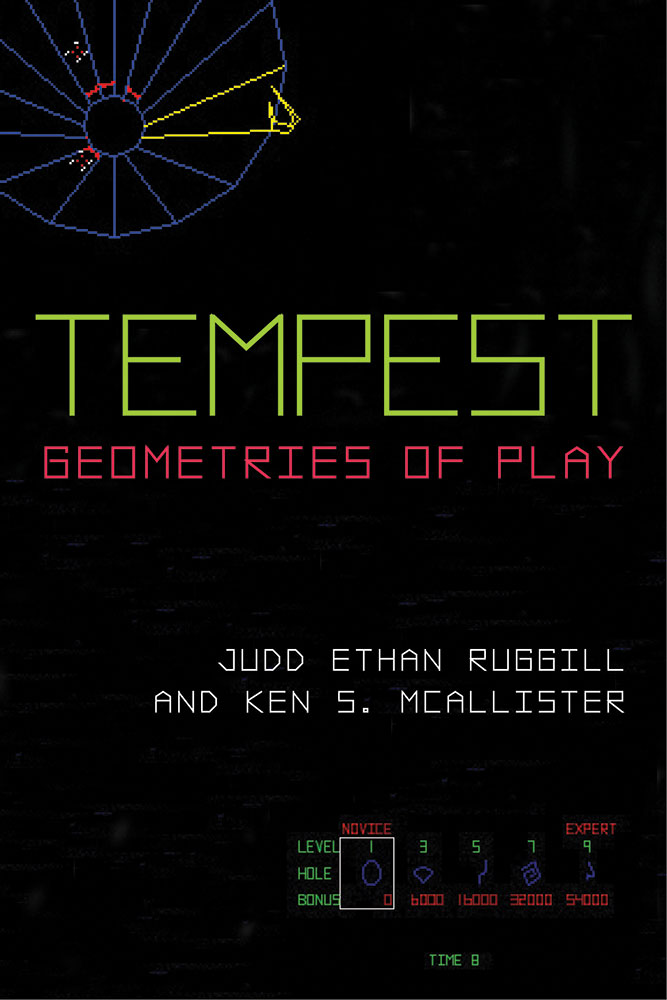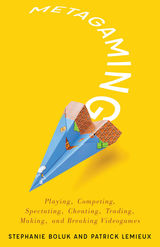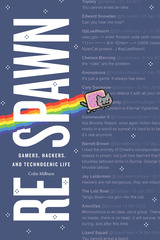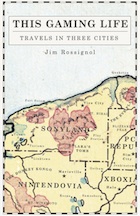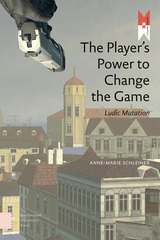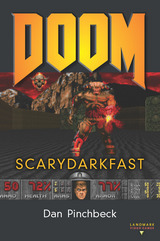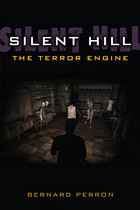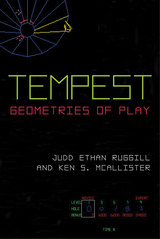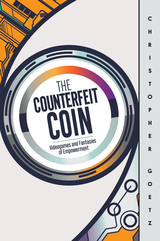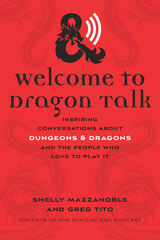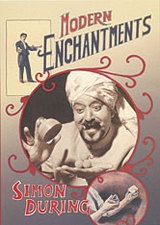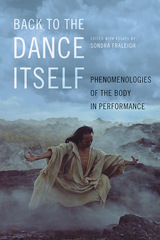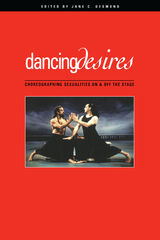Tempest: Geometries of Play
University of Michigan Press, 2015
Cloth: 978-0-472-07269-9 | Paper: 978-0-472-05269-1 | eISBN: 978-0-472-90010-7 (OA) | eISBN: 978-0-472-12114-4 (standard)
Library of Congress Classification GV1469.35.T46R +
Dewey Decimal Classification 794.8
Cloth: 978-0-472-07269-9 | Paper: 978-0-472-05269-1 | eISBN: 978-0-472-90010-7 (OA) | eISBN: 978-0-472-12114-4 (standard)
Library of Congress Classification GV1469.35.T46R +
Dewey Decimal Classification 794.8
ABOUT THIS BOOK | AUTHOR BIOGRAPHY | TOC | REQUEST ACCESSIBLE FILE
ABOUT THIS BOOK
Atari’s 1981 arcade hit Tempest was a “tube shooter” built around glowing, vector-based geometric shapes. Among its many important contributions to both game and cultural history, Tempest was one of the first commercial titles to allow players to choose the game’s initial play difficulty (a system Atari dubbed “SkillStep”), a feature that has since became standard for games of all types. Tempest was also one of the most aesthetically impactful games of the twentieth century, lending its crisp, vector aesthetic to many subsequent movies, television shows, and video games. In this book, Ruggill and McAllister enumerate and analyze Tempest’s landmark qualities, exploring the game’s aesthetics, development context, and connections to and impact on video game history and culture. By describing the game in technical, historical, and ludic detail, they unpack the game’s latent and manifest audio-visual iconography and the ideological meanings this iconography evokes.
See other books on: Design, Graphics & Media | Play | Tempest | Video & Animation | Video games
See other titles from University of Michigan Press
